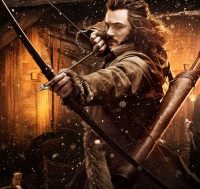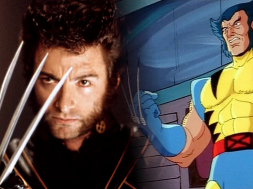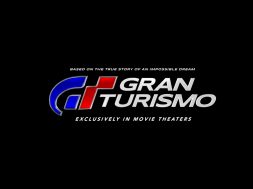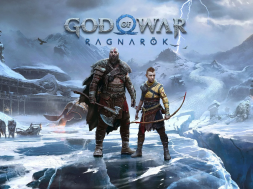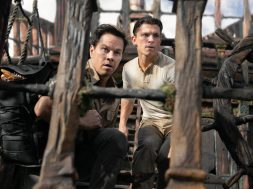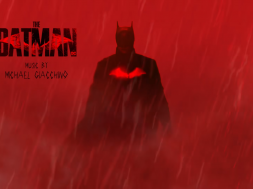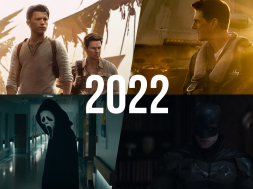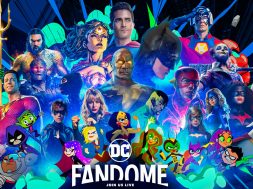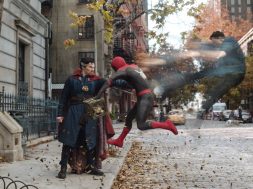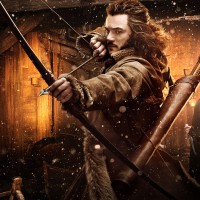
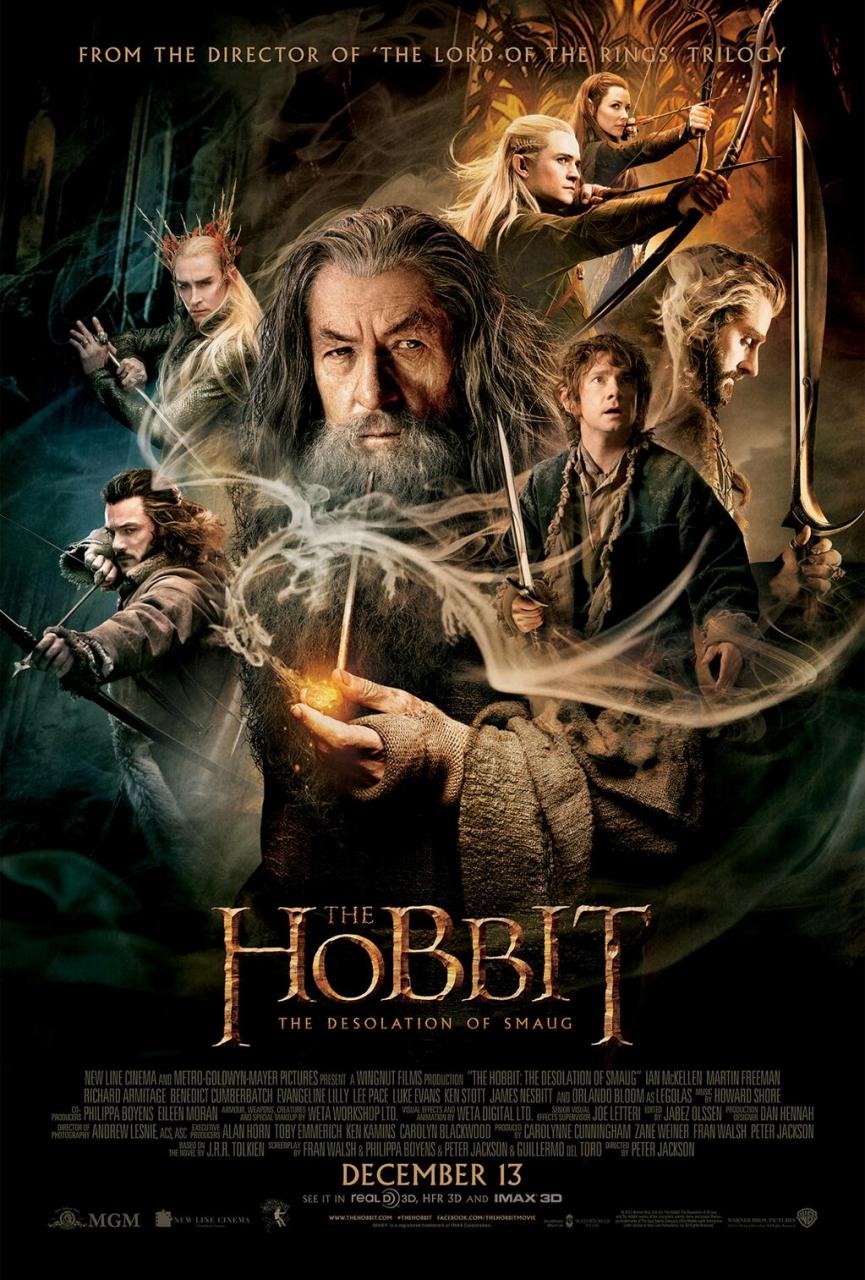
Following the first instalment – An Unexpected Journey – expectations of Peter Jackson’s latest instalment of the Hobbit trilogy were difficult to define. The Hobbit is the slimmest of the Tolkien volumes (weighing in between 270 and 320 pages depending on your edition of course) and yet be the time of its completion will have a combined screen time equal to the Lord of the Rings trilogy (LOTR). If examined as a game of pure numbers, it would be easy to see project Hobbit as an exercise in indulgence.
Certainly there is no doubt that Jackson loves the source material, which is crucial in determining whether or not the film works; it really depends on what you go to the cinema for. For me indulgence was not a fault (not entirely). I like the fact that a movie has been made by a fan for other fans. Furthermore, the fact that said fan generated film was made with so much money and is viable to take so much money is, to my mind, equally marvellous. Commercial success is of course not the stand-alone marker of success, but given the circumstances it does mark a kind of success.
It gives proof to the continued pervasiveness of geek culture in the mainstream.
Now this does not mean the film is without drawbacks. A synopsis would be difficult. The film opens with Bilbo and the gang running away from a large bear. Later on they make for Mirkwood encountering the Elves thereof. After a hostile stint with the fair folk there they move on to Laketown before the company makes their way to the Lonely Mountain. Now while that synopsis does capture the rollicking pace of the whole film it necessarily leaves aside a mass amount of material (almost 3 hours’ worth in fact). What may be enjoyable for Hobbit/ Tolkien/ Jackson fans is viable to grate on other – uninitiated – cinema goers. That having been said, a feature of every fandom is its purists. As a lot of the on screen content is not from the original novel, but has been drawn from appendixes and other sources, a bulk of the Tolkien readership may displeased at the film’s lack of fidelity. Another problem is continuity.
 One of the problems of adapting The Hobbit is that it will be inevitably compared to the director’s earlier work. One might even overlook such a comparison (inherent as it is) if it were it not drawn attention to by the appearance of Legolas, particularly when he does not appear in The Hobbit novel. As soon as Mr Bloom swings into action I was reminded how tightly constructed the LOTR films were, in spite of their length. Almost immediately after that I noticed the eyes.
One of the problems of adapting The Hobbit is that it will be inevitably compared to the director’s earlier work. One might even overlook such a comparison (inherent as it is) if it were it not drawn attention to by the appearance of Legolas, particularly when he does not appear in The Hobbit novel. As soon as Mr Bloom swings into action I was reminded how tightly constructed the LOTR films were, in spite of their length. Almost immediately after that I noticed the eyes.
Now, many a teenage girl and boy have stared long into the eyes of Orlando Bloom whether he is in his elf attire or not. However, when I saw those icy blues I saw that they seemed bluer than they were in the last LOTR film and the problem of continuity then arose. The results were altogether distracting as I wondered how the effect was achieved and why. Still more distracting is that it leads you to look at the whole film’s colour scheme which seems brighter and warmer compared to LOTR. It is possible to anticipate a counter argument to this observation regarding the characterisation of Smaug and Sauron. Sauron was seen as an infection or blight.
As result the photography of the previous trilogy while undeniably gorgeous has a colder pallet, as if the malignant prescience of the Dark Lord of Mordor were sapping the colour from the landscape. However, this is not made clear by the plot and comes with a desperation bespeaking an apologist. In short then, the film draws attention to its dissimilarity to LOTR which, depending on whether or not it was intentional is naïve or asking for trouble.
Despite the drawbacks they are easy to throw off if you approach the film the right way. If you let the film get on with itself it is sure to make a pleasing experience. In terms of directorial style there is a comparison to be made between Peter Jackson and his contemporaries. Like Ridley Scott and James Cameron he first-rate world creator. Sitting back and letting the film wash over you as an immersive experience made for a fantastic afternoon.
The action set pieces are second to none; at least three times I jumped and/or clapped my hands to my face. There is a vein of film crit that looks down on films that provoke a physical response, but here it seems whole fitting. In looking at the performances there can be no doubt that Martin Freeman is cast near perfectly and the decision to have Smaug voiced by his Sherlock colleague Benedict Cumberbatch is a stroke of brilliance. Aidan Turner, Richard Armitage and Ian McKellen are excellent. There is also a pleasing antagonism between the Master of Laketown and Bard the Bowman, which Stephen Fry and Luke Evans. Though its problems are apparent I found myself able to enjoy film easily and in truth cannot wait to see it again. My only verdict is that audiences will need to approach it on its own terms.
As an adaption it was clearly flawed but as a standalone film The Hobbit: The Desolation of Smaug is a great way to spend an afternoon. COME ON BILBO!
